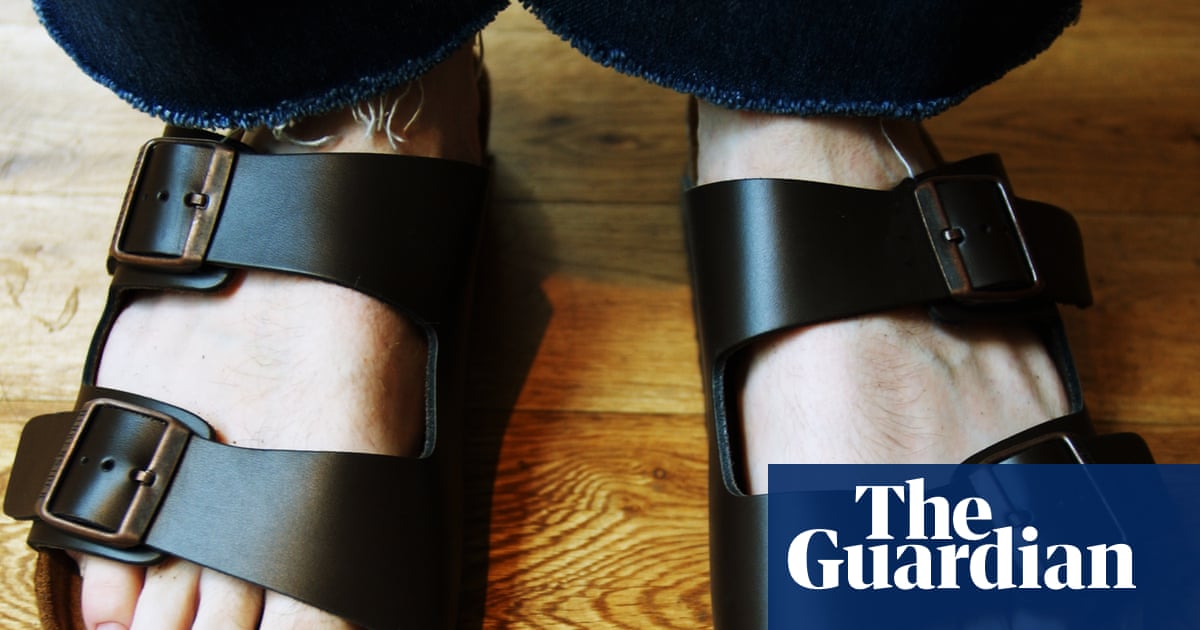
"History doesn't record much about the first shoemaking Birkenstocks, who can be traced to a document written in 1774, the year after the Boston Tea Party. But 251 years, eight unbroken generations and many Johanns, Johanneses, Carls and Karls later, the company that emerged from that first family business has become one of the most rampagingly successful footwear brands on the planet."
"Birkenstock now sells tens of millions of pairs of shoes every year (they won't say how many), giving the company a valuation of $7.5bn (5.6bn) when it floated on the New York Stock Exchange in 2023. It has been a fashion and high street success story for decades, yet still seems to boast gravity-defying growth year after year; this week it announced projected growth of 17.5% on last year."
"How did a brand described even by some of its fans as the world's ugliest shoe become one of the world's most popular? Not by leaning into trends. Fashion has never been our thing neither then nor now, the company's CEO, Oliver Reichert, said recently, a bold choice of words from a man leading a global style brand. Instead, in perhaps the least sexy phrase ever uttered in fashion marketing, he said Birkenstock was a purpose brand that's rooted in orthopaedics,"
Two brothers began making shoes near Frankfurt in the 1770s, and the family business persisted for eight unbroken generations. Birkenstock now sells tens of millions of pairs annually and floated on the New York Stock Exchange in 2023 with a valuation of $7.5bn. The brand reports sustained, double-digit growth and projected 17.5% growth year-on-year. Iconic adopters include Steve Jobs and Kate Moss, and cultural moments from boho chic to Covid and the Barbie movie have amplified popularity. The Boston clog remains largely unchanged nearly fifty years after its introduction. The company emphasizes orthopaedic purpose over fashion trends.
Read at www.theguardian.com
Unable to calculate read time
Collection
[
|
...
]